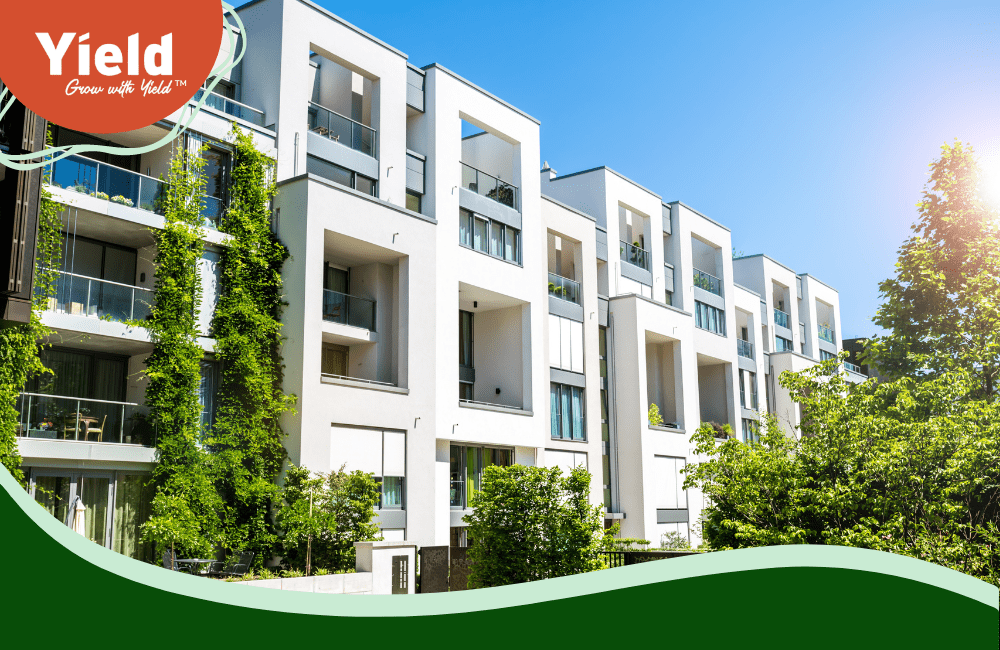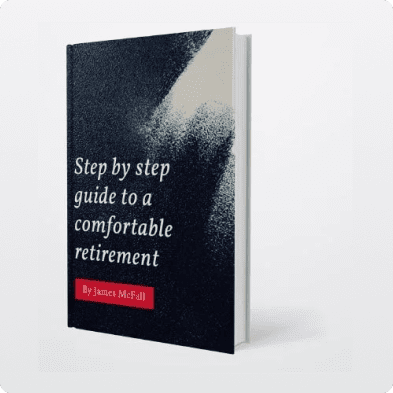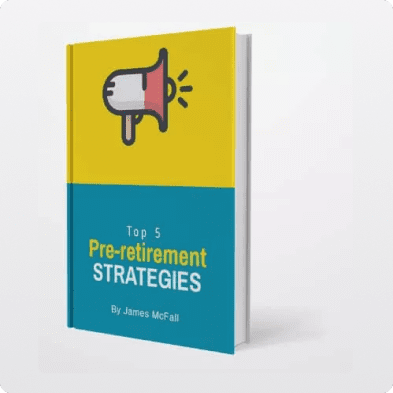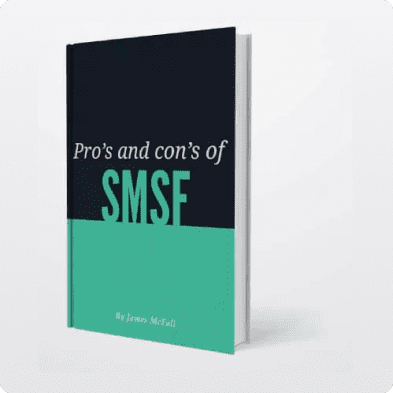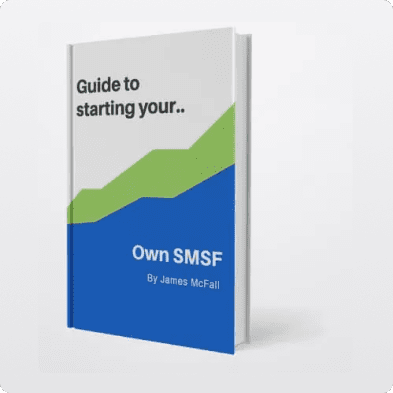This article forms part one of a two-part feature on investing in property where we have collaborated with Cate over at Cate Bakos Property to display our passion for property and the intricacies of how it fits into a well-crafted financial plan.
Buying an apartment can be an excellent lifestyle and investment decision. But before you dive in, you need to weigh up the pros and cons of buying an apartment, including how it fits into your broader financial plan. As Cate Bakos, CEO of Cate Bakos property has made clear in this companion piece best value real estate, even a 2% difference in return can compound the return on your apartment exponentially over time.
In Australia, apartment living is becoming increasingly popular, with more apartments being built than houses for the first time in 2016. Since then, growth has continued with 2021 census data showing that 16% of all dwellings in Australia were apartments, growing from 13.1% in 2016.
The accelerating trend towards apartment living is likely to continue for various reasons, including price, proximity, maintenance, and government policy, and this article seeks to illustrate the risks and opportunities that buying an apartment may present, considerate of our experience as property specialist financial advisors, Melbourne and Sydney.
This piece covers:
- The increasing trend of apartment living in Australia
- Buying an apartment and your financial plan
- Buying an apartment as a first home buyer
- Buying an apartment as a single or couple (no kids)
- Buying an apartment as a retiree
- Buying an apartment for investment
- Borrowing to buy an apartment
At Yield our financial planners are trained property advisors, Melbourne and Sydney and can assist you to harmonise your property plans with your personal financial plan for retirement.
More people are buying apartments in Australia than ever before
For gen x’s like me, the great Australian dream was owning a family home with a garden in the suburbs. But with rapid population growth, buying behaviour is changing, and there is a growing movement to apartment living.
Urban sprawl in Australia is a key contributor. Perth now holds the record as the longest city in the world. In Sydney if you live in the outer suburb of Penrith, your commute into the city is 74 km. This growth and pursuit of the Australian dream has led to stifling congestion on our roads, as infrastructure has simply not kept pace with demand.
Feeding urban sprawl is population growth, and Australia’s capital cities are amongst the fastest growing in the world. Melbourne holds Australia’s title as the fastest growing city and the federal governments centre for population predicts that Melbourne’s population will grow by over 20% or 1.1 million people by 2031, compared to June 2022.
Naturally with increased demand comes pressure on supply also and this impacts price. Housing in Australia has become exponentially more expensive than it was even 20 years ago, with the median price of a house in Melbourne in 2002 being $260,000 and at the end of 2022 – $975,000. This compares to units median of $628,000 according to REIV data.
The fact that unit prices are materially lower than houses is a key reason why more people are buying apartments, and when you consider that Australians are shouldering some of the highest debt levels in the world, in a rising interest rate environment, it is likely to expedite this trend.

Infographic from www.finder.com.au
In a comprehensive governmental study, Australia State of the Environment, it shows the impact of population growth on the environment, community resources, community wellbeing, and liveability. All of these issues will necessitate an increasing number of people in Australia buying an apartment.
Buying an apartment and your financial plan

To make the apartment you buy a great decision for your financial plan, you want to consider it holistically. Balancing lifestyle and financial assets, for example is paramount, as this will ultimately dictate how long a person needs to work. The largest lifestyle asset for most of us is our home and can include things like cars, contents, and a holiday home. Financial assets are therefore investments held to produce income or that can be drawn down over time like super, shares, cash or buying an apartment as an investment.
As financial advisors that specialise in property planning advice for our clients, we construct detailed cashflow models to look forward at the trade-off of different property decisions, and how they may impact other financial planning goals and objectives, which are important to our clients lives. In this way we help our clients balance the opportunity cost of making one decision over another.
In Australia, there are four groups of people buying apartments most typically, being First home buyers, Singles or Couples (no kids), Downsizing retirees and Investors. We have described each and considerations for a financial plan.
First home buyers that buy an apartment
Often first home buyers like to buy where they have been renting, because they are established and have a great lifestyle. For many Australians this equates to inner city areas that offer premium access to amenities like a thriving café scene and nightlife and they often look to buy an apartment due to the relative affordability, ease of maintenance and security. There can also be incentives to buy new properties offered by the government making it a lower barrier to entry to access the property market, when buying an apartment.
As property advisors in Melbourne and Sydney, we have helped many first home buyers access the property market there are some common financial planning considerations we help people work through. These include affordability, grants, debt structuring and investment strategy. A common strategy we see first home buyers considering is to buy an apartment as a steppingstone and then hold it as an investment, when they upgrade. This can make a lot of sense, however there can be a huge difference in financial outcomes, depending on how it has been structured and planned out.
For couples, we always help them think through their plans for family also, as first home buyers do not always give proper consideration to their likely changing needs.
Singles or couples (No kids)
Singles and couples with no kids are a growing subset of the Australian population and often favour apartment living. Australian Bureau of Statistics data from 2021, shows the number of one- and two-bedroom dwellings increased by almost 1% from 2016, citing that these sorts of accommodations generally attract students, single workers, and young couples, who also often favour living in apartments for financial and lifestyle reasons.
Flexibility is an important part of this. Singles and couples with no kids often use their relative freedom to be out of the house more, including for travel, and apartments allow coming and going without the added burden of additional maintenance while away.
At Yield we often help people when they have lived through a major life change, such as divorce or being widowed and while both are distinctly different, they both require a re-evaluation of what is personally important, and this naturally extends to where people choose to live. This can be for lifestyle and or financial reasons and we regularly see people considering apartments. Divorce in particular means that a person must re-evaluate their financial position, and in order to get the balance between the lifestyle and security that a home can provide, with the income they want in retirement, apartments can be an attractive, more affordable option.
Downsizing retirees

As people approach retirement it is typical that they reconsider their lifestyle requirements and assess their financial position for retirement. This regularly includes considering a downsize of the family home to release equity and/or for lifestyle benefits, which may make buying an apartment the best solution.
In our financial plans for clients, we help people see whether downsizing to release equity is necessary, as even when a person’s preference is to downsize the physical size of their property, if it is possible to retain the same or similar level of capital exposure to the property market, it is ideal to do so for lifestyle reasons. Given the gap between houses and apartment prices, this can mean the apartment you can afford is a better quality, with a better aspect or location. There can sometimes be Centrelink Age Pension benefits with keeping more money in your home too, that our advisors help people take advantage of and balance out.
Amongst our client base, we have often seen apartments form part of a broader strategy to sea change. Covid has accelerated this trend and we’ve seen regional property prices skyrocket as a result. But even considering this, it is still often possible to sell the family home in the city and reinvest in a suitable coastal or country home, as well as buy an apartment in the city, to keep the city base. Depending on your financial circumstances, this can be a convenient and secure way of maintaining a place to stay connected with the city, and visit, which can also be rented while unused to create some extra income if desired, and it is an asset that can ultimately be sold to support retirement income needs in the future if required also.
Buying an apartment as an investment

Establishing where to start when looking to buy an apartment as an investment property can be a daunting task. Do you look at the market first? What will make a worthy investment for maximising rental return and later resale value? And no doubt many more thoughts floating through your mind. Luckily, there are a few great places to start your search.
Identifying your target rental market, can help filter out apartments that do not meet your requirements. Who they are? Why do they want to live where they live? What is bringing them to that specific area? Through doing this research first you can significantly narrow down your search making it more efficient and make it easier for yourself to purchase an apartment that ticks your boxes.
The scenery around your potential apartment is pivotal in attracting good quality renters and improve resale value. Renters and future owner occupiers alike are much more likely to want an apartment that looks out over a park or water compared to looking out at another apartment or concrete walls. There are also cafes, transportation, and schools to keep in mind when purchasing as these are big draw cards for renters.
However, there is more to the environment of your apartment than the trees and scenery. You need to determine whether your potential renters would enjoy living within this space, do they feel comfortable? Is it a space or a home? You want an apartment that has a functional flow and layout that has some flexibility too. Even small things like a fridge space that can accommodate different size fridges will make it easier for potential tenants to see themselves living in your apartment and for renters to enjoy their space, which results in them wanting to stay for longer, improving your opportunity to negotiate rent up with the market over time also.
As an investor the golden rule is to make your decision objective. You do not have to live in the apartment yourself, so your decision should not be dictated by emotional factors. To approach your investment decision objectively you should first determine the suitability of the investment for your financial plan, considerate of size of investment, cashflow impact, tax structuring, investment diversification and opportunity costs. This is where Yield Financial planning is perfectly positioned to help. Once this is determined you can find the investment that fits your specific investment requirements.
The services of a buyers advocate, such as Cate Bakos property, can help you choose a suitable investment, because they are in the market all the time and are well placed to understand the fundamentals that drive the market you are buying in.
Borrowing to buy an apartment
As a general rule, lenders will require a 20% deposit to offer a loan without mortgage insurance, however it is important to understand that they can have different policy on the way they lend for apartment purchases, compared to houses.
It is therefore important that you investigate what banks will lend you, if indeed debt is required and it is ideal to get pre-approval on this, before you start your search. Pre-approval is the banks confirmation that they will give you the prescribed funds you apply for and will give you the ability to confidently bid and negotiate on the apartment you identify as ideal.
How you structure your debt is vitally important also, as good debt management is about more than just getting the best interest rate. Really think about what your intention could be for your apartment now and in the future. We have helped several first home buyers for example create a strategy to first move into the apartment they buy and later hold onto it for investment purpose down the track, when they are ready to upgrade their home.
To make this strategy work optimally, finance structuring is paramount. For one thing it is ideal to borrow as much as possible for the asset in the first instance, while avoiding mortgage insurance, and then minimise principal debt repayments while living there, but instead focus on driving savings into an offset account. This approach will preserve debt that is linked to the apartment you buy, so when you convert it to an investment you can maximise the tax deductibility of the debt and minimise the non-tax deductible debt you need when you upgrade your home.
As financial planners who provide mortgage broking services, we are uniquely positioned to advise our clients considerate of their broader financial plan. For most of us, debt repayments are the second biggest expense we have in life, second only to the tax we pay, which is why it is so important to get your debt structuring optimised. Doing so will free cashflow to direct to other places, such as additional debt repayments, super contributions or investments for example. The compounding benefit of this over time can make a massive difference to how quickly or not you are able to retire.

How our advisory team can be of assistance?
Yield’s team of advisors have some of the most extensive property financial planning experience in the industry, ranging from property planning, retirement planning, mortgage broking, and wealth creation. Our approach to property investment advice is to identify what kind of investor you are, from first home buyers to advanced property portfolios. Our advice includes detailed financial modelling that considers the capital and cash flow impacts, including various costs associated with sale and purchase, tax, debt reduction, investment diversification and opportunity costs. This is to help balance your property and financial goals alongside personal objectives. Our approach is transparent and will demonstrate that our advice has your best interest front of mind.
How we can structure a plan specifically for you?
Yield has been recognised within the industry as having some of the top advisors within Australia, and we have helped many clients with the purchase of properties and apartments. Through structuring a financial plan tailored and dedicated to you, you will be able to know exactly how much you have to spend and how much you will have after the purchase. Meaning there is far less guess work in terms of how much money you believe you may have left over.
Access the second half of the blog right here on Yield, as well as our friends’ over at Cate Bakos Property.




